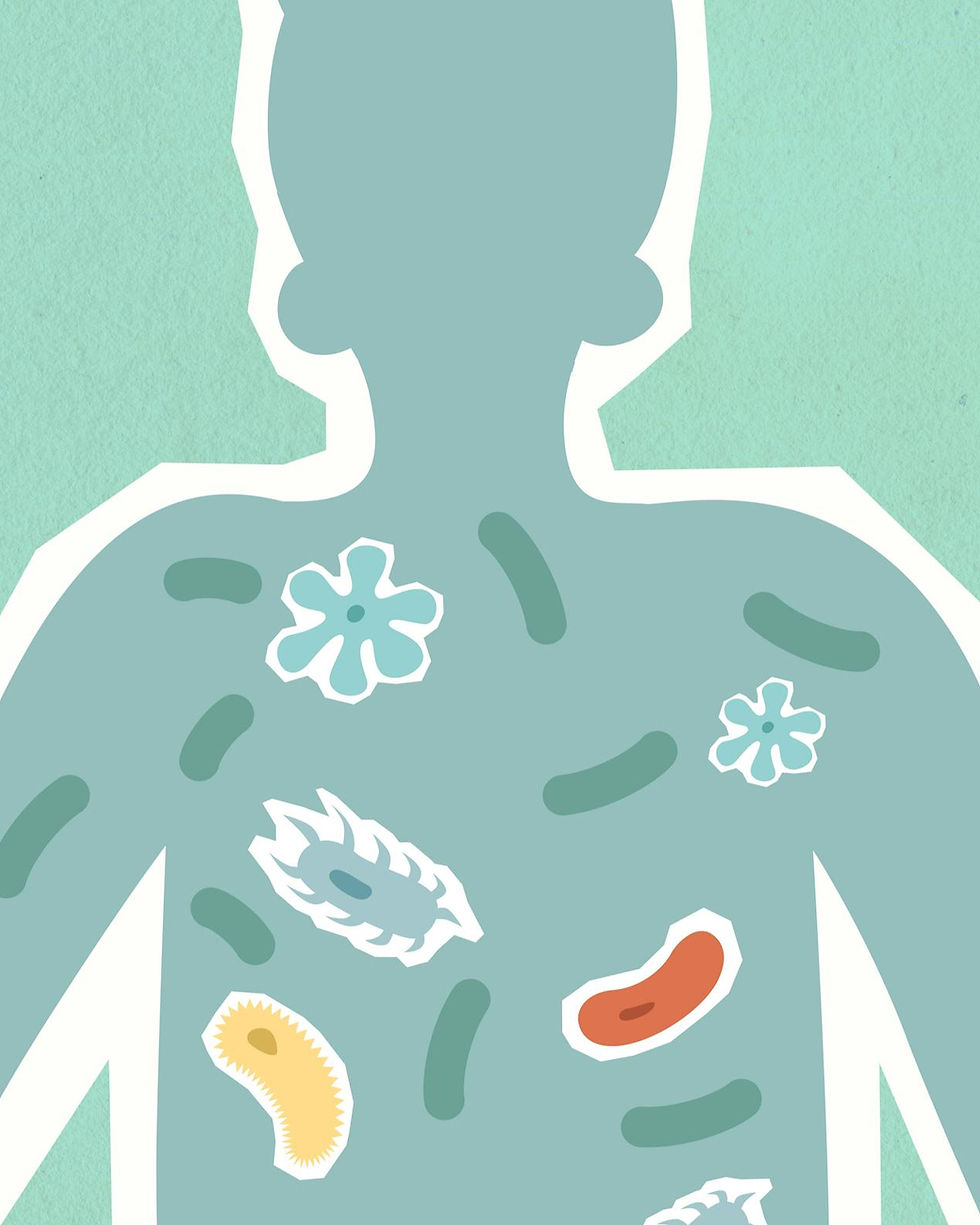Exploring the Gut–Brain Connection: How Acupuncture and Nutrition Aid Weight Management
- Aug 8
- 2 min read
Updated: Aug 16

At Health Tree Acupuncture, we often speak with patients who feel stuck in cycles of weight gain, inflammation, and low energy. Many have tried countless diets or exercise regimes for weight management with limited long-term success. A recent peer-reviewed study published in Frontiers in Nutrition offers fresh insights into why acupuncture could be a helpful and complementary approach to restoring metabolic balance—by working with the body’s internal regulators, particularly the microbiota–gut–brain axis (MGBA).
What Is the Microbiota–Gut–Brain Axis?
The MGBA is a two-way communication network between the gut, brain, immune system, and endocrine (hormonal) system. It plays a central role in appetite regulation, inflammation, mood, and metabolism. Disruption to this axis—through stress, processed foods, poor sleep, or inflammation —is now understood to be a key driver in the development of obesity.
Acupuncture Meets Nutrition: A Multi-Pathway Approach
This narrative review draws fascinating parallels between acupuncture and nutritional therapies, highlighting how both influence the MGBA through shared biological pathways:
Gut microbiota: Acupuncture can enhance microbial diversity, promoting the growth of beneficial SCFA-producing bacteria, such as Akkermansia muciniphila and Bifidobacterium.
Short-chain fatty acids (SCFAs): These helpful byproducts of gut bacteria influence gut integrity, reduce inflammation, and support satiety. Both acupuncture and diet can increase SCFA production and receptor activation (e.g., GPR41, GPR43).
Vagal nerve activation: Electroacupuncture at point ST36 has been shown to stimulate vagal pathways, which transmit signals to the brain areas responsible for regulating appetite and stress, such as the hypothalamus.
Hormonal balance: Acupuncture supports the regulation of appetite-controlling hormones, including GLP-1, PYY, and ghrelin, echoing the effects seen with fibre-rich or low-glycemic diets.
A Whole-System View of Obesity
The study frames obesity not as a simple matter of calories in vs. calories out, but as a multi-system disorder involving inflammation, dysbiosis, hormonal imbalance, and disrupted nervous system feedback loops. Acupuncture appears to address each of these layers:
Microbial – improving gut flora composition and SCFA levels
Hormonal – modulating GLP-1, PYY, and ghrelin to influence appetite and glucose balance
Neural – enhancing vagal tone and brain signalling to reduce stress and emotional eating
Immune – reducing pro-inflammatory cytokines like TNF-α and IL-6.
What Acupuncture Points Were Used?
The most frequently used points in the reviewed studies included:
ST36 (Zusanli)
CV12 (Zhongwan)
SP6 (Sanyinjiao)
PC6 (Neiguan)
BL23 (Shenshu)
These points are known in TCM for their influence on digestion, metabolism, and the nervous system—aligning with the mechanisms outlined in the research.
What Does This Mean for You?
If you’ve been feeling stuck in patterns of weight gain or digestive discomfort, this new research supports what we’ve seen clinically: acupuncture can help the body re-regulate itself from the inside out. When combined with nutrition and lifestyle changes, it becomes a powerful tool for long-term metabolic health—not just quick fixes or willpower-based strategies.
Our Takeaway
This review offers a timely, science-backed perspective on how acupuncture can complement nutritional strategies in treating obesity and metabolic imbalance. By working across multiple pathways—microbial, hormonal, immune and neural—acupuncture emerges not just as symptom relief, but as a truly integrative therapy.
Reference:
Ma K, Wang F, Zhang X, Guo L, & Huang Y (2025). Acupuncture and nutritional parallels in obesity: A narrative review of multi-pathway modulation of the microbiota–gut–brain axis. Frontiers in Nutrition, 12:1610814. https://doi.org/10.3389/fnut.2025.161081




Comments